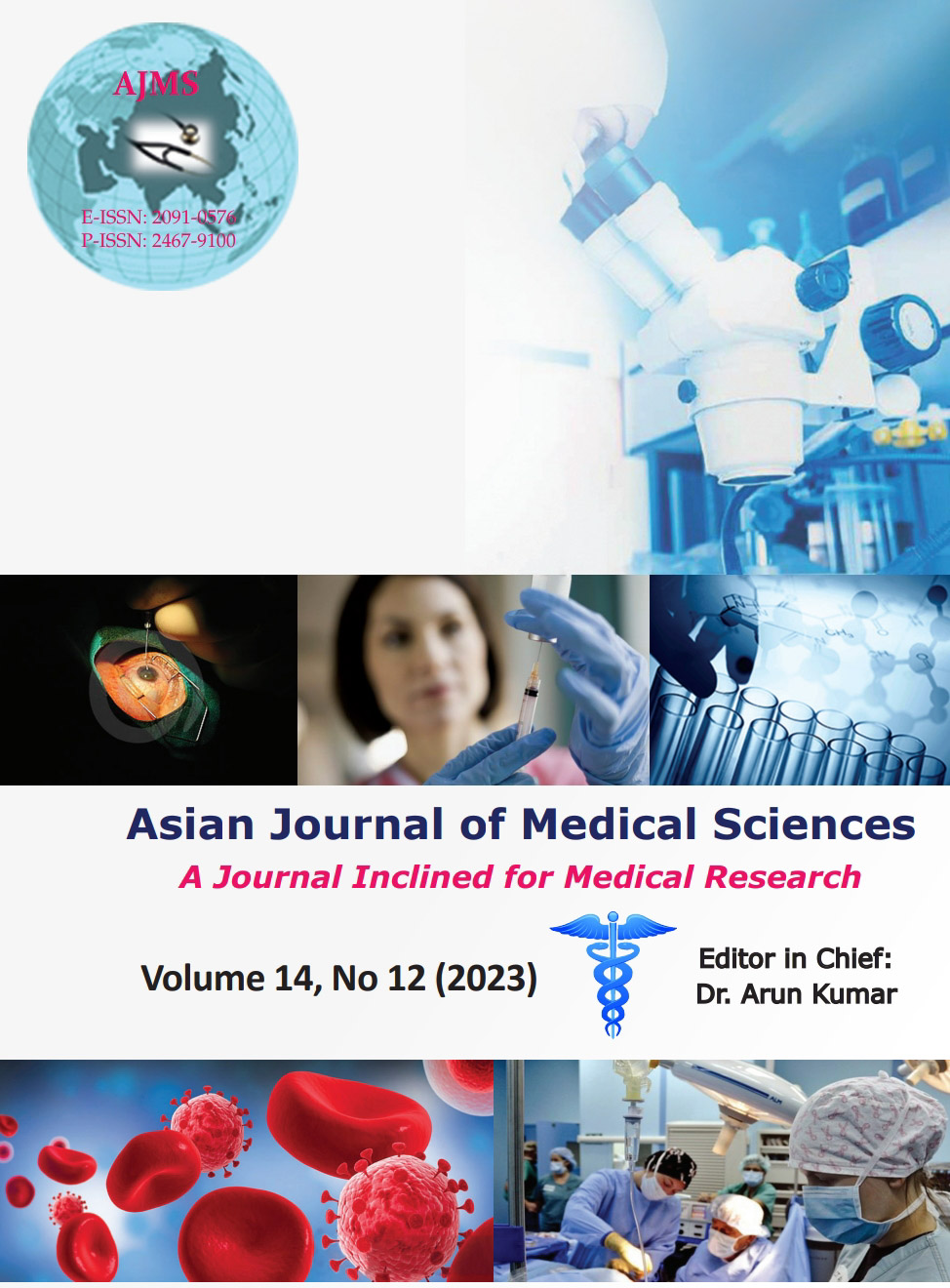Rapid immunochromatographic test: An evolving tool for diagnosis of scrub typhus
Keywords:
Rapid immunochromatographic test; Diagnosis; Scrub typhus; Evolving toolAbstract
Background: Scrub typhus is prevalent in many districts of South Bengal throughout the year where an average temperature of 20–35°C, which contributes to the spread of Leptotrombidium deliense. However, its diagnosis remains complicated by the lack of readily available and validated assays, the non-specificity of clinical symptoms on admission, and even non-availability of the pathognomonic eschar in most of the cases.
Aims and Objectives: This study was carried out to evaluate the rapid immunochromatographic test (RICT) for early detection of scrub typhus for using it as an early diagnostic tool at the field level.
Materials and Methods: This cross-sectional study in which 181 serum samples from clinically suspected cases (after excluding dengue, malaria, Japanese encephalitis, and typhoid fever) collected over 13 months were processed for the detection of immunoglobulin M (IgM) antibodies for scrub typhus by enzyme-linked immunosorbent assay (ELISA) and rapid test.
Results: Considering IgM ELISA for scrub typhus as the gold standard, the sensitivity, specificity, positive predictive value, and negative predictive value for RICT were found to be 100%, 86.87%, 50%, and 100%, respectively.
Conclusion: RICT is a simple, rapid, and reliable assay for diagnosis of scrub typhus, capable of providing accurate results quickly and is highly suitable for field deployment in remote areas with limited medical support.
Downloads
Downloads
Published
How to Cite
Issue
Section
License
Copyright (c) 2023 Asian Journal of Medical Sciences

This work is licensed under a Creative Commons Attribution-NonCommercial 4.0 International License.
Authors who publish with this journal agree to the following terms:
- The journal holds copyright and publishes the work under a Creative Commons CC-BY-NC license that permits use, distribution and reprduction in any medium, provided the original work is properly cited and is not used for commercial purposes. The journal should be recognised as the original publisher of this work.
- Authors are able to enter into separate, additional contractual arrangements for the non-exclusive distribution of the journal's published version of the work (e.g., post it to an institutional repository or publish it in a book), with an acknowledgement of its initial publication in this journal.
- Authors are permitted and encouraged to post their work online (e.g., in institutional repositories or on their website) prior to and during the submission process, as it can lead to productive exchanges, as well as earlier and greater citation of published work (See The Effect of Open Access).




